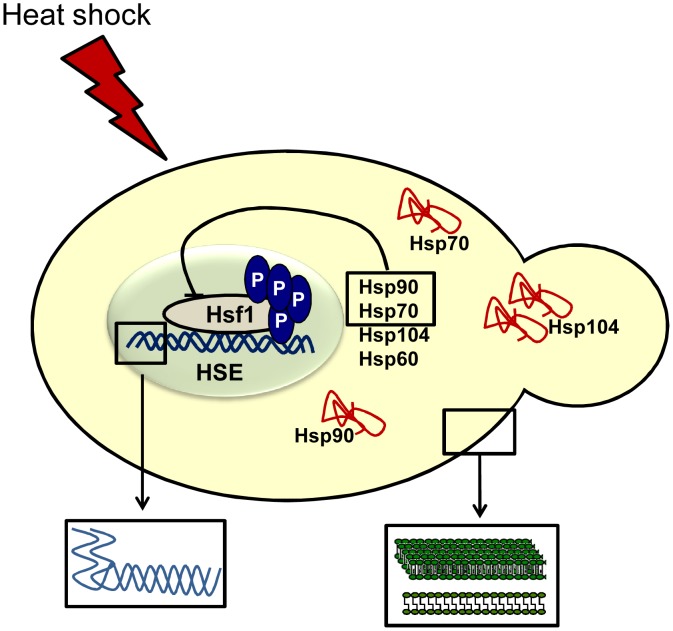Figure 1. Mechanisms of temperature sensing in fungi.
Upon a thermal insult, cells utilize different mechanisms to sense changes in the surrounding temperature for adaptation and survival. Hsf1 becomes phosphorylated, binding to heat-shock elements (HSEs) in target promoters, leading to the upregulation of chaperone proteins. These aid in the stabilization and refolding of denatured proteins, and Hsp90 and Hsp70 assist in the downregulation of Hsf1 [25]. The cellular plasma membrane becomes more fluid in response to thermal insults (right inset box). Moreover, although little is known about RNA thermometers in fungi, there is evidence suggesting they are involved in RNA decay during heat shock (left inset box) [20].

